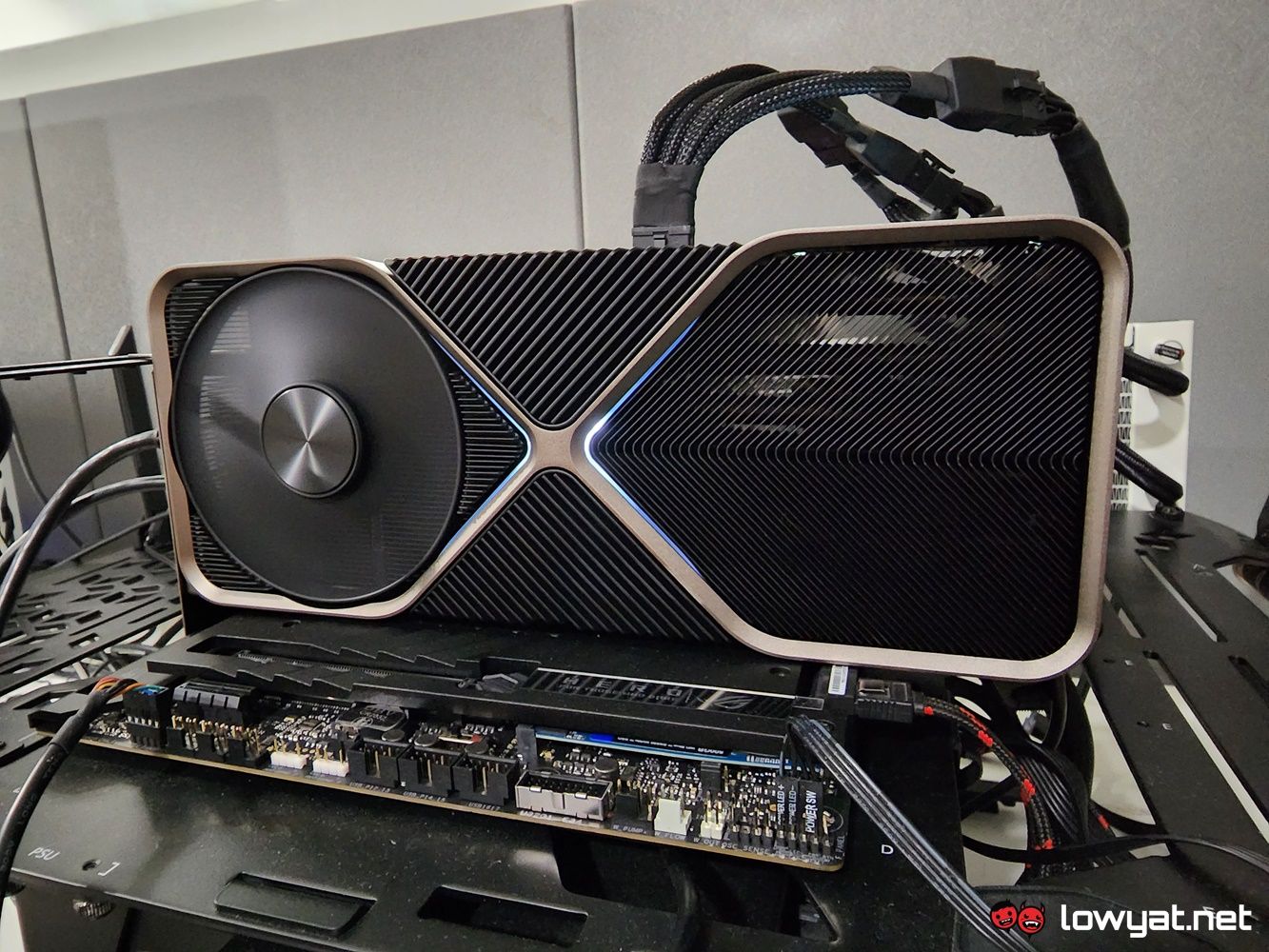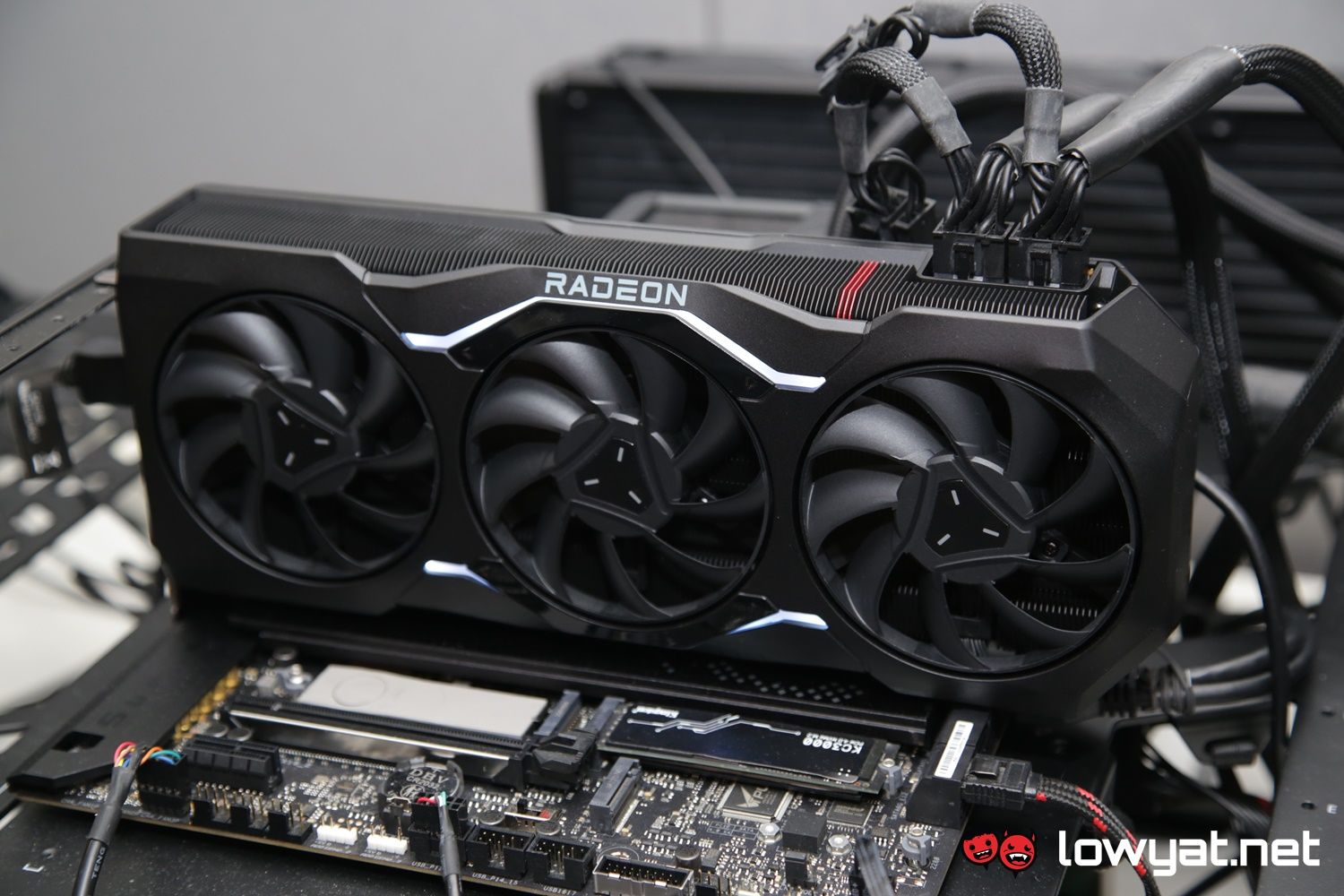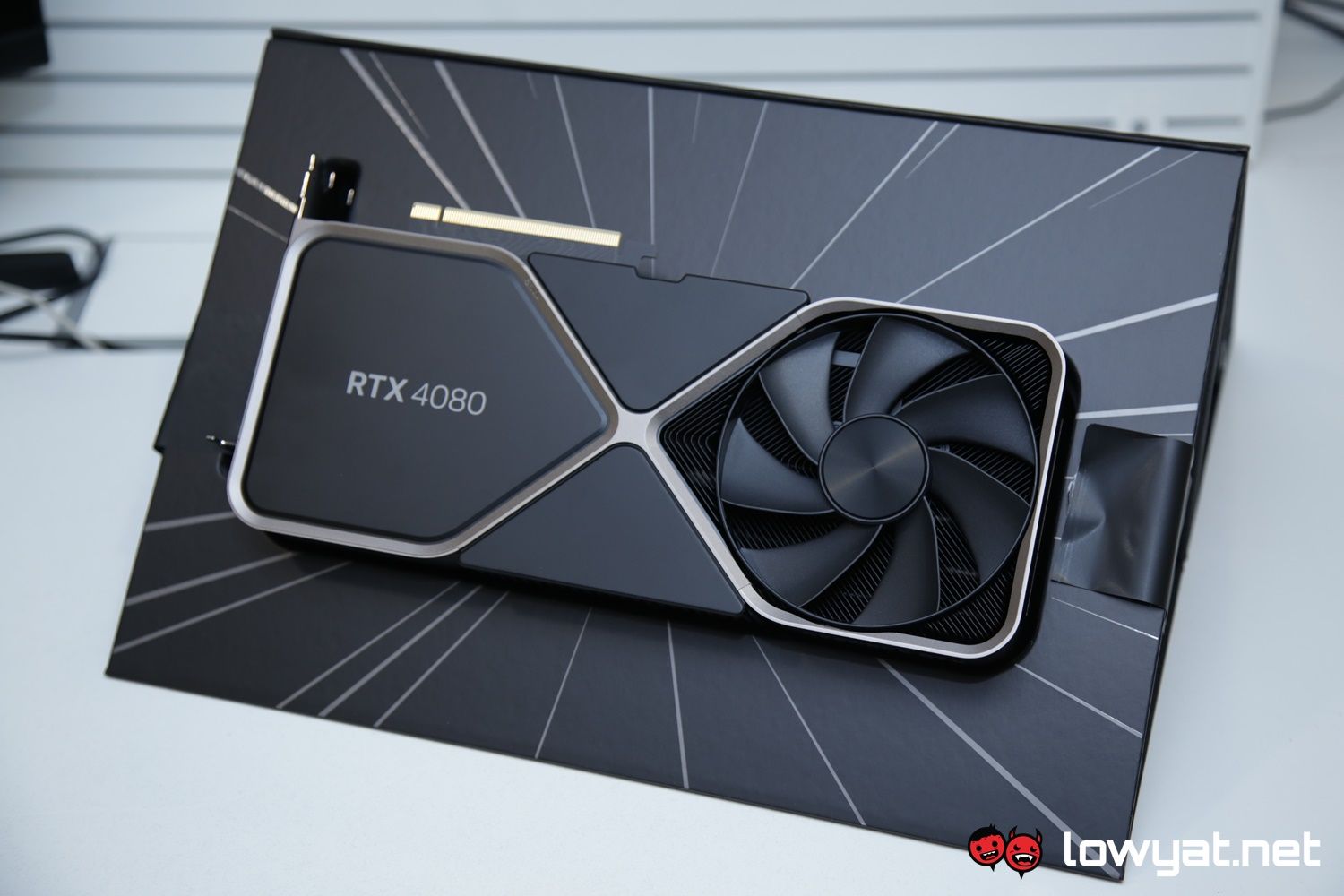The Office of the United States Trade Representative (USTR) announced recently that it will be extended the tariff exclusions on “Section 301” for Chinese imports. The new exclusion deadline is set to expire within the next nine months but in the meantime, this means that the prices of GPUs won’t be increasing dramatically anytime soon.
Earlier this month, we reported that there was a possibility that a tariff exclusion on certain Chinese goods years ago, would be expiring at the end of the year and that the USTR could simply let it lapse. At the time, one of the biggest fears of letting that happen was that it could cause the prices of GPUs and other electronic goods to increase by as much as 25%.
 “The Office of the United States Trade Representative today announced a nine‑month extension of 352 product exclusions in the China Section 301 Investigation that had been scheduled to expire at the end of 2022. These exclusions were initially reinstated on March 28, 2022, and the extension will help align further consideration of these exclusions with the ongoing comprehensive four-year review,” the official press statement from the USTR reads.
“The Office of the United States Trade Representative today announced a nine‑month extension of 352 product exclusions in the China Section 301 Investigation that had been scheduled to expire at the end of 2022. These exclusions were initially reinstated on March 28, 2022, and the extension will help align further consideration of these exclusions with the ongoing comprehensive four-year review,” the official press statement from the USTR reads.
As explained by Tom’s Hardware, the USTR is currently undergoing a four-year review of the effectiveness of the Trump-era tariff exclusion. The first phase, which allowed interested parties that benefit from the exclusions to make their case on why they would like it to remain, has concluded. Phase 2, which allows all parties – including the ones that oppose the tariffs, is expected to end on 17 January 2023.
 For the record, not all GPUs and electronic goods are manufactured in China but suffice it to say, the majority of them are. The problem with these USTR tariffs is that companies are more likely to pass them on to the consumer, in an effort to recoup their costs. As it stands, today’s high-end and enthusiast-level graphics cards, such as NVIDIA’s GeForce RTX 4090 and AMD’s Radeon RX 7900 XTX, are nearly unreachable by more gamers. For that matter, it’s not just gamers who lose out but also GPU makers: it’s hard to keep afloat if no one is able to buy what you’re selling.
For the record, not all GPUs and electronic goods are manufactured in China but suffice it to say, the majority of them are. The problem with these USTR tariffs is that companies are more likely to pass them on to the consumer, in an effort to recoup their costs. As it stands, today’s high-end and enthusiast-level graphics cards, such as NVIDIA’s GeForce RTX 4090 and AMD’s Radeon RX 7900 XTX, are nearly unreachable by more gamers. For that matter, it’s not just gamers who lose out but also GPU makers: it’s hard to keep afloat if no one is able to buy what you’re selling.
Meanwhile, here in Malaysia, it is more likely that prices of GPUs may be increased by distributors and retailers anyway, but more so because of the current exchange rate of the US dollar to Ringgit, than a tariff imposed by the USTR.
(Source: Tom’s Hardware, USTR)
Follow us on Instagram, Facebook, Twitter or Telegram for more updates and breaking news.



